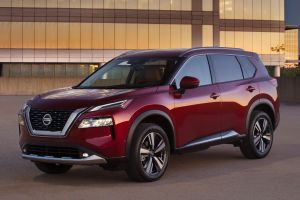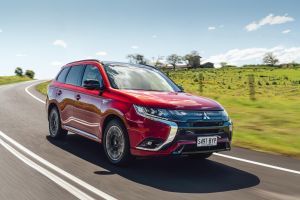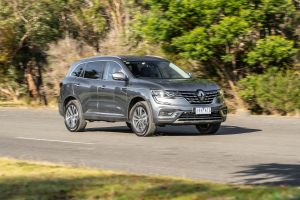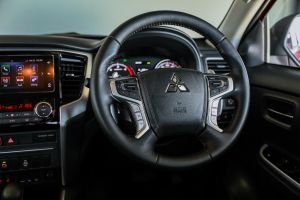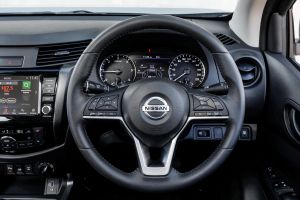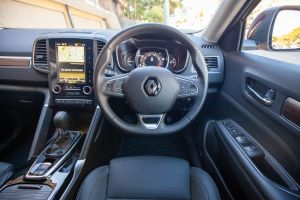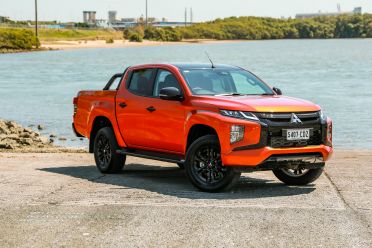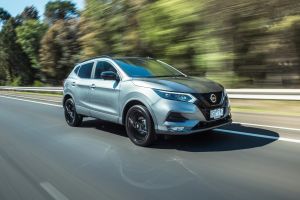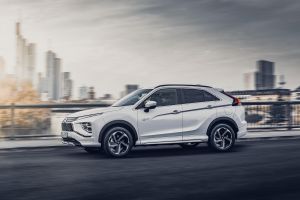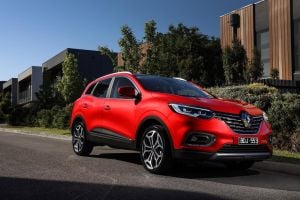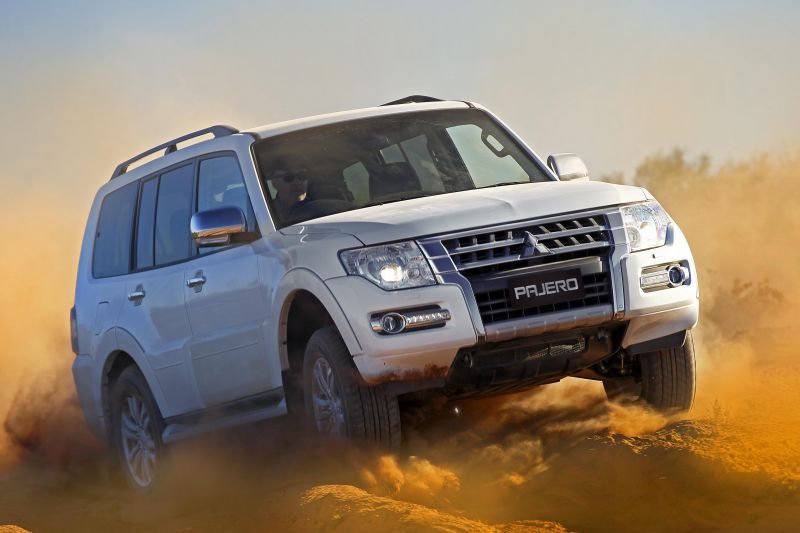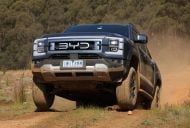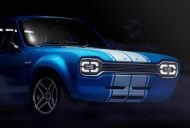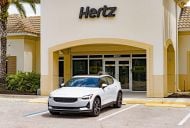Renault, Nissan, and Mitsubishi are pooling their resources to develop their next-generation cars more efficiently, but each brand will maintain a distinct design philosophy.
Mitsubishi’s design boss says design bosses from all three brands met recently to discuss how the Alliance will handle its design future – and maintaining a distinct character for each company is a key consideration.
“Our Alliance – Renault, Nissan, and Mitsubishi – we are always respecting each brand” said Seiji Watanabe, divisional general manager of design at Mitsubishi Motors.
“We are shaking hands to keep each strong brand identity.”
“This is a starting point,” he said. “Then, how much we can share several components in the chassis, the construction, the body, the inside… we can share to make a very efficient approach, efficient development.”
“The point is, the basic concept is to keep each brand identity… I think the keeping of character or identity is most, most important to keep, and enhance, the brand building.”
Watanabe-san suggested some minor touch points can be shared between cars, such as grab handles and minor trim pieces, but more significant parts such as the steering wheel need to be differentiated so each brand has its own distinct feeling on the inside – and the same philosophy applies to the exterior.
The Renault-Nissan-Mitsubishi Alliance earlier this year outlined its new working relationship, as it looks to more clearly divide tasks and cut development costs.
Dubbed the leader-follower model, the new plan will see one Alliance manufacturer nominated as leader for each vehicle segment.
This company is responsible for all the engineering for the lead vehicle and its siblings, although the other partners will send teams to assist.
Production of cars designed under this system may be consolidated into a single factory.
Examples of how this will play out include Nissan being the leader for X-Trail-class crossovers after 2025, while development of the next generation of smaller crossovers for Europe will be headed up by Renault.
Nissan and Mitsubishi will continue to collaborate on kei cars in Japan, as well as affordable vehicles for south-east Asian markets.
Similarly, Renault will lead the consolidation and production of city-friendly cars for Latin America under its own marque as well as Nissan’s.
The Alliance expects around 50 per cent of its new vehicles to be developed under the leader-follower system by 2025. According to the companies, development costs for cars made this way will be about 40 per cent lower.
A similar model is being adopted for the development of new and emerging technologies.
Mitsubishi has been put in charge of plug-in hybrid drivetrains, while Nissan will be in the driver’s seat for autonomous driving.
Electric drivetrain responsibilities will be split, with Renault developing the EV systems for the CMF-A/B city car platform, and Nissan looking after the larger dedicated CMF-EV architecture.
An Android-based connected car technology system to be used in all markets outside of China will be developed for the Alliance by Renault.
Renault, Nissan and Mitsubishi have each been assigned core regions where they are the “reference company”, and will oversee the regional strategy for the Alliance. The breakdown is as follows:
- Renault: Europe, Russia, South America, North Africa, South Korea
- Nissan: China, North America, Japan, the Middle East, and South Africa
- Mitsubishi: ASEAN, and Oceania (including Australia and New Zealand)

